In the bustling cityscape of Burnaby and its surroundings, the need for towing services stretches beyond the routine assistance for sedans and compact cars. Large vehicle towing, encompassing motorcycles, RVs, and boats, presents unique challenges and considerations for both towing professionals and vehicle owners. Bob’s Towing, a premier tow truck company based in Burnaby, offers a comprehensive suite of towing services tailored to these specialized needs. This guide aims to delve into the intricacies of large vehicle towing, offering insights into weight distribution, trailer selection, and safe maneuvering techniques, ensuring your prized possessions are transported securely and efficiently.
- Large vehicle towing requires specialized strategies for motorcycles, RVs, and boats due to their size, shape, and weight differences.
- Motorcycle towing necessitates the use of specialized trailers or dollies to maintain balance and stability.
- RV towing involves understanding weight distribution, ensuring brake synchronization, and selecting a powerful tow vehicle.
- Boat towing requires a suitable trailer for the boat’s weight and shape, with secure fastening to prevent movement.
- Key considerations include proper weight distribution to minimize sway and maintain control, and selecting the right trailer for the vehicle’s dimensions.
- Safe maneuvering tips include pre-tow checks, using towing mirrors, maintaining safe speed and distance, and planning routes to avoid difficulties.
- Regular equipment inspection, understanding local towing regulations, practicing safe loading, and using a weight distribution hitch are crucial for successful towing.
Understanding Large Vehicle Towing
.
- Towing large vehicles such as motorcycles, RVs, and boats requires a nuanced approach, differing significantly from standard vehicle towing. The diversity in size, shape, and weight of these vehicles necessitates a tailored towing strategy to mitigate risks and ensure safe delivery to their destination.Here’s what you need to know:
Gross Vehicle Weight Rating (GVWR):
.
This is the maximum allowable weight for your tow vehicle, including its passengers, cargo, and the trailer it’s pulling. It’s crucial not to exceed the GVWR for safe operation.
Towing Capacity:
This specifies the maximum weight your vehicle can safely tow. It’s important to differentiate between GVWR and towing capacity, as exceeding either can be dangerous.
Finding Your Towing Capacity:
- Owner’s Manual: This is the most reliable source for your vehicle’s specific towing capacity and GVWR. Consult your manual for accurate figures.
- Manufacturer’s Website: Most car manufacturers list towing capacities on their websites. Search for your specific vehicle model and year.
- Vehicle Door Jamb: Sometimes, towing capacity information can be found etched on the driver’s side door jamb.
Remember: When calculating towing weight, factor in the combined weight of the trailer, your cargo, and all passengers in your tow vehicle.
Motorcycle Towing
Motorcycle towing presents unique challenges due to the motorcycle’s structure and balance requirements. Unlike four-wheeled vehicles, motorcycles require additional supports to maintain balance during transport. The use of specialized motorcycle trailers or dollies is essential, allowing for secure anchoring of the motorcycle, preventing any movement that could lead to damage.
Here are the two main methods for safe motorcycle towing:
- Motorcycle Trailer: This is the most secure and recommended method for towing motorcycles. Motorcycle trailers come in various sizes, choose one that can accommodate your motorcycle comfortably.
- Motorcycle Dolly: A motorcycle dolly is a more affordable option, but it’s only suitable for short distances and non-operable motorcycles. The front wheel of the motorcycle rests on the dolly while the rear wheel remains on the ground.
Boats & RVs Towing
RV Towing
RV towing is another specialized category, given the substantial size and weight of these vehicles. Towing an RV demands a powerful tow truck and a driver skilled in handling large loads. Key considerations include understanding the RV’s weight distribution and ensuring it is compatible with the tow vehicle’s towing capacity. Proper hitch selection and ensuring brake synchronization between the RV and the tow truck are paramount for safety. For many, RVs represent the ultimate road trip experience. But towing these behemoths requires careful planning and preparation.
RV Trailers: RVs come in various sizes and weights. Choose a tow vehicle with sufficient capacity to handle the specific weight of your RV.
Weight Distribution Matters: Uneven weight distribution in your RV can lead to trailer sway, making towing a nightmare. Ensure your cargo is evenly distributed throughout the RV and avoid overloading the rear.
Trailer Sway and How to Handle It: Trailer sway can be a terrifying experience for new RV towers. It’s caused by external factors like wind gusts or improper weight distribution. If you encounter trailer sway, stay calm, reduce your speed gradually, and avoid braking abruptly. Let the trailer sway subside before attempting to correct your course.
Boat Towing
Boat towing introduces variables such as boat size, type, and the necessity of a suitable trailer. The selection of a trailer that adequately supports the boat’s weight and shape is crucial. Additionally, securing the boat correctly to prevent any movement during transport is vital for safe towing. Understanding local regulations regarding boat towing is also important, as these can vary significantly by location. Uneven weight distribution can lead to trailer sway, compromising your control and increasing the risk of an accident. Here’s how to achieve optimal weight distribution:
- Consult your trailer manual: It will specify the recommended weight distribution for your specific trailer.
- Load your trailer strategically:Place heavier items closer to the front of the trailer, closer to the hitch. Distribute weight evenly across the width of the trailer.
- Use a weight distribution hitch (WDH):This redirects some of the trailer’s weight to the front axle of your tow vehicle, improving stability and handling.
Key Considerations for Large Vehicle Towing
Weight Distribution
Proper weight distribution is critical in large vehicle towing. Imbalanced loads can lead to towing instability, increasing the risk of accidents. Ensuring that the towed vehicle’s weight is evenly distributed across the trailer and adequately supported minimizes sway and maintains towing control. You need to load your RV in a way that balances the weight distribution between the front and rear axles of both your vehicle and RV. This will help you maintain stability and control while towing. You should place heavier items near the center of the RV, avoid overloading one side or corner of the RV, and avoid exceeding the GAWR of each axle. You should also check the tire pressure of both your vehicle and RV, and make sure they are inflated according to the manufacturer’s recommendations.
Trailer Selection
Choosing the right trailer is crucial for large vehicle towing. The trailer must not only support the weight of the towed vehicle but also accommodate its dimensions. For motorcycles, a trailer with a secure anchoring system is necessary. For RVs and boats, the trailer must provide adequate support and distribution of the vehicle’s weight. There are different types of trailers for motorcycles, such as open, enclosed, or platform trailers. Each one has its own advantages and disadvantages, depending on your budget, preference, and security needs. Make sure the trailer is compatible with your tow vehicle and has enough capacity to carry your vehicle.
Safe Maneuvering
Towing large vehicles requires enhanced driving skills, including a deeper understanding of the tow vehicles and trailers’ combined handling dynamics. Drivers must account for the increased stopping distance, the effects of wind resistance, and the need for wider turns. Practicing in a safe, open area before embarking on public roads can help tow drivers familiarize themselves with the differences in driving dynamics.
You need to use straps, chocks, and wheel locks to keep your bike stable and prevent it from moving or tipping over during transit. Make sure the straps are tight enough to hold the bike firmly, but not too tight to damage the suspension or other parts. Check the straps periodically for any signs of wear or loosening.
Tips for Safe Maneuvering:
- Pre-Tow Vehicle Check: Before setting off, ensure your tow vehicle’s tires are properly inflated according to the manufacturer’s recommendations for towing loads. Check all trailer lights, brakes, and safety chains for proper functionality.
- Mirrors, Mirrors on the Wall: Invest in heavy-duty towing mirrors that provide a clear view of the trailer and surrounding traffic. Blind spots are amplified while towing, so eliminate them with proper mirrors.
- Take it Slow and Steady: Towing increases stopping distances significantly. Maintain a safe following distance, avoid sudden braking or acceleration, and take corners slowly and smoothly.
- Route Planning: Plan your route beforehand, avoiding narrow roads, sharp turns, and low clearances that can be challenging with a trailer. Opting for wider lanes and highways whenever possible.
Tips for Successful Large Vehicle Towing
- Inspect Equipment Regularly: Before any towing operation, thoroughly inspect your towing equipment, including the hitch, chains, and straps, for any signs of wear or damage.Check Local
- Regulations: Always be aware of local towing regulations, which can vary widely, especially for boat towing.
- Practice Safe Loading: Ensure the vehicle is loaded correctly onto the trailer, with weight evenly distributed to prevent sway.
- Maintain a Safe Speed: When towing large vehicles, it’s crucial to adjust your speed to account for the increased weight and length of your vehicle combination.
- Increase Following Distance: Allow for a greater following distance than usual to account for the increased stopping distance required when towing.
- Regular Stops for Inspection: During long hauls, make regular stops to inspect the towed vehicle and the towing equipment to ensure everything remains secure.
- Invest in a weight distribution hitch: This specialized hitch helps distribute weight more evenly between the RV and tow vehicle, reducing trailer sway and improving towing stability.
- Practice maneuvering: Similar to motorcycle towing, practice maneuvering your RV and trailer in a safe location to get comfortable with the increased size and turning radius.
- Weight distribution is key: Ensure the weight of the motorcycle is evenly distributed on the trailer. An unbalanced load can make towing difficult and dangerous.
- Trailer Brakes (if applicable): Check fluid levels and operation of trailer brakes if your trailer has them. Trailer: Inspect tires for wear and proper inflation, ensure all lights are functioning, verify safety chains are securely fastened, and check tie-downs on motorcycles or boats.
Conclusion
In conclusion, navigating the complexities of large vehicle towing, from motorcycles to RVs and boats, requires not just specialized equipment but also a keen understanding of safety practices and regulations. Bob’s Towing Burnaby comprehensive guide illuminates the intricacies involved, highlighting the importance of proper weight distribution, the selection of suitable trailers, and the mastery of safe maneuvering techniques. Whether you’re a seasoned pro or a novice to the towing scene, embracing these insights ensures the secure and efficient transport of your prized possessions. For residents of Burnaby and beyond, this guide serves as an essential resource, promising peace of mind on the road and safeguarding your adventures, no matter where they may lead.
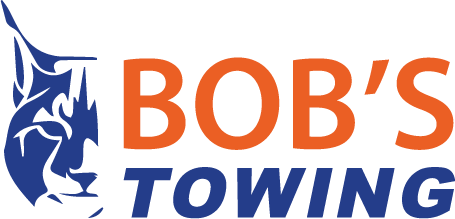
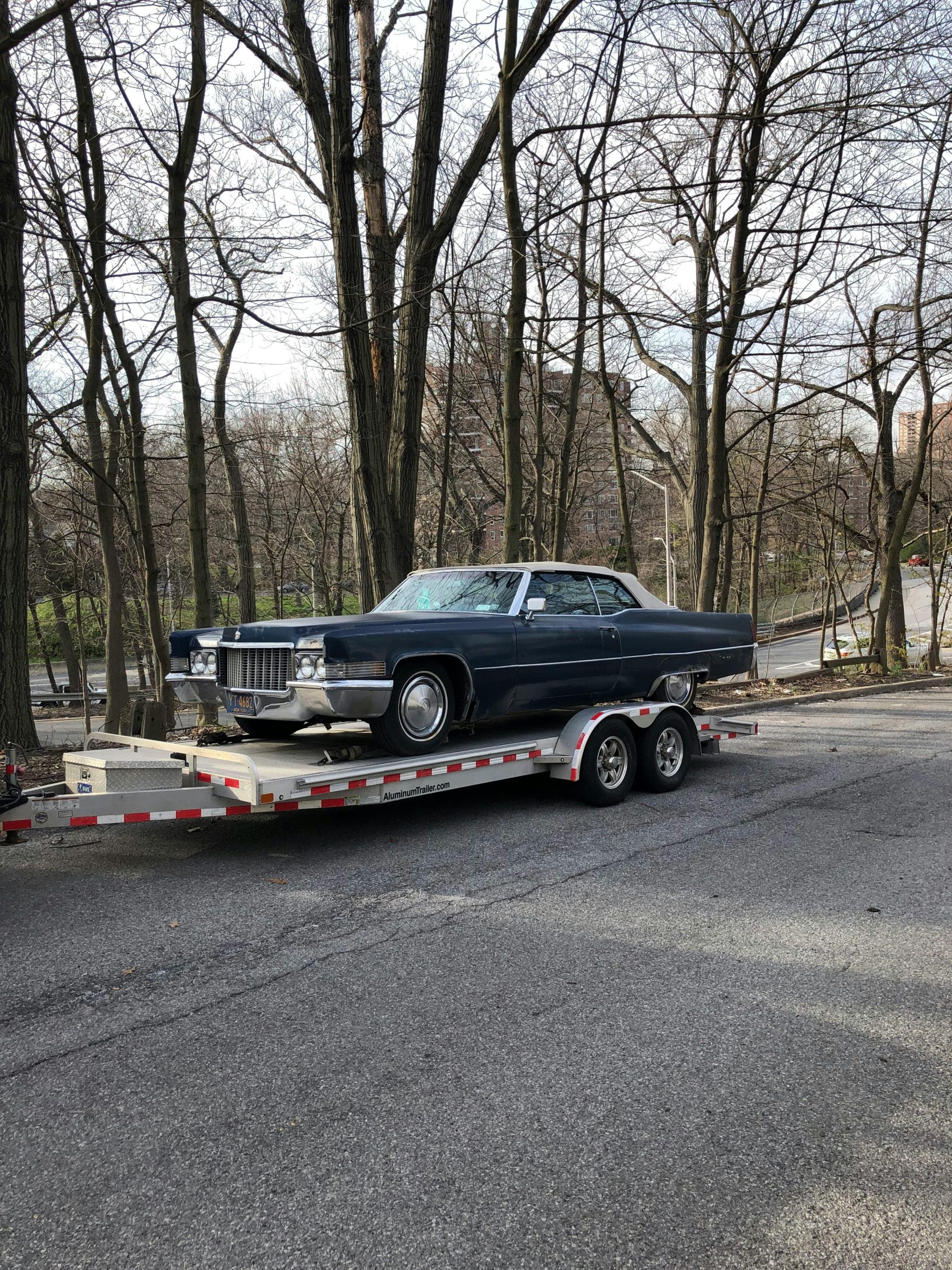
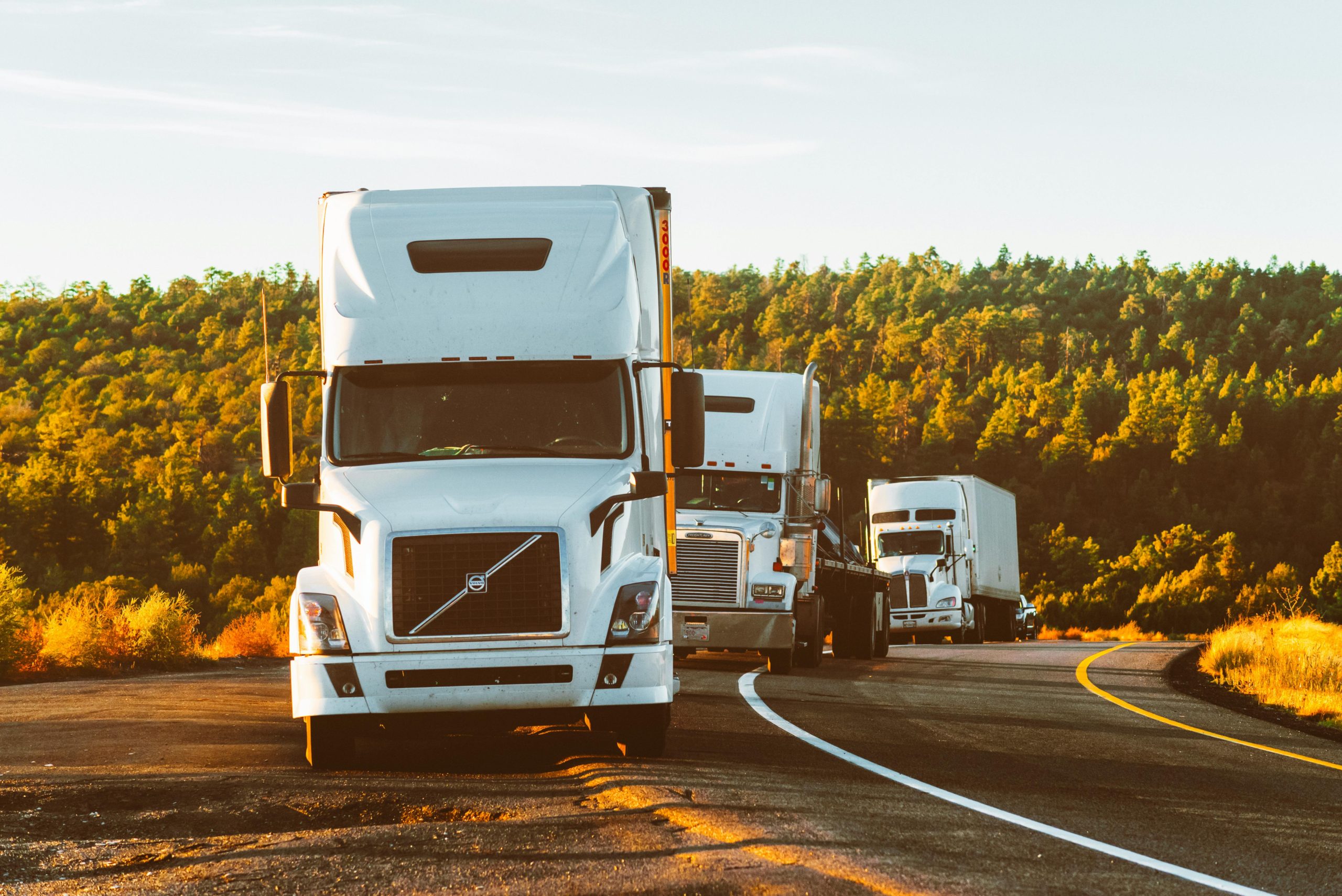
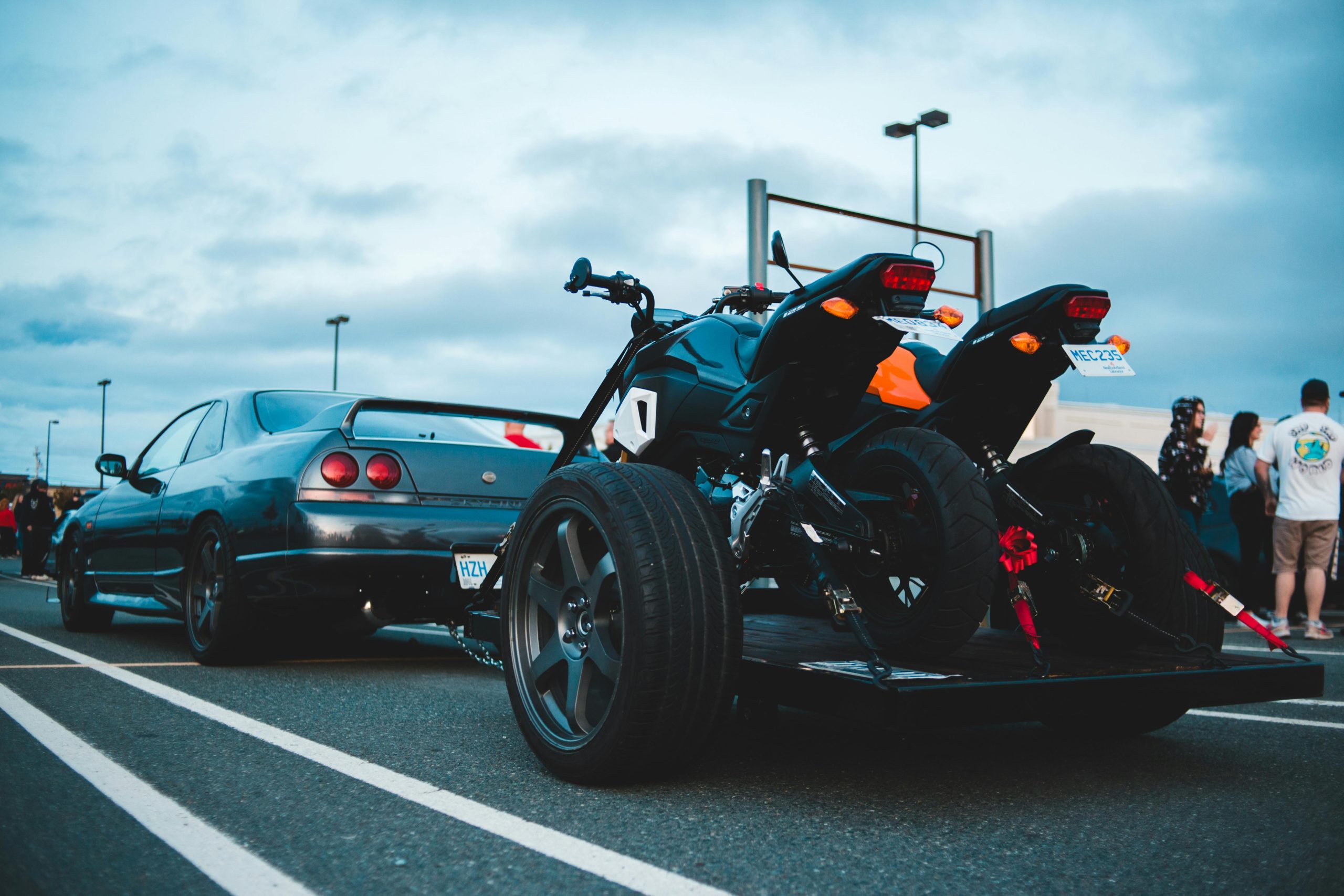
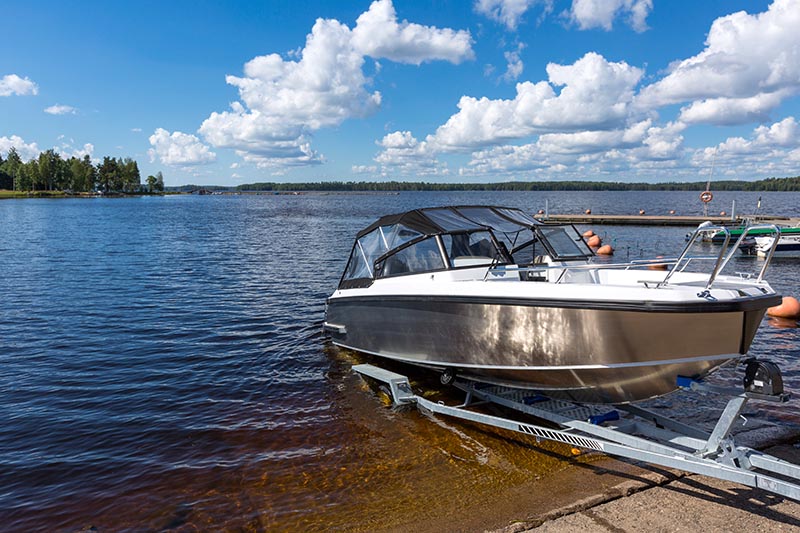
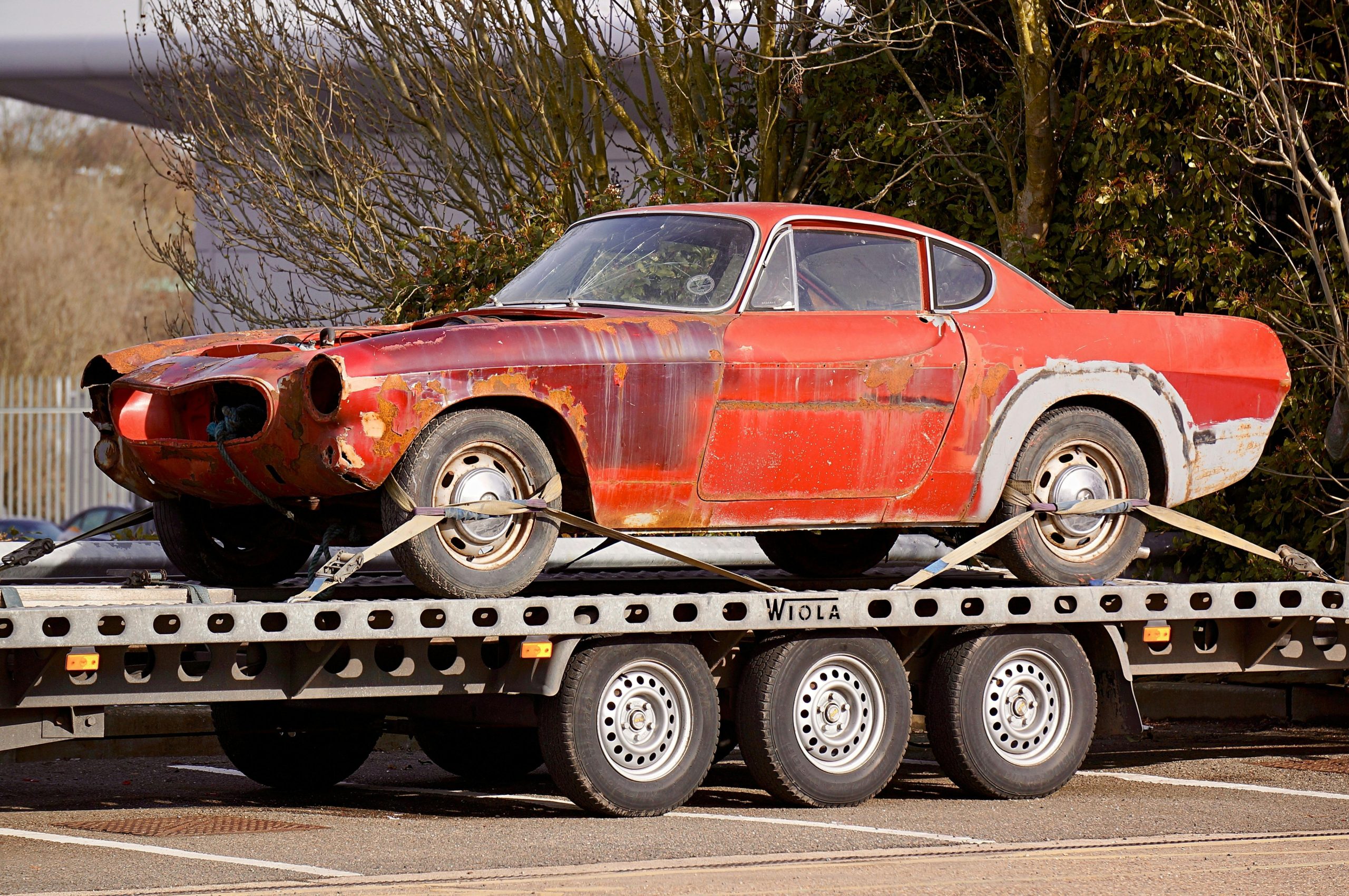
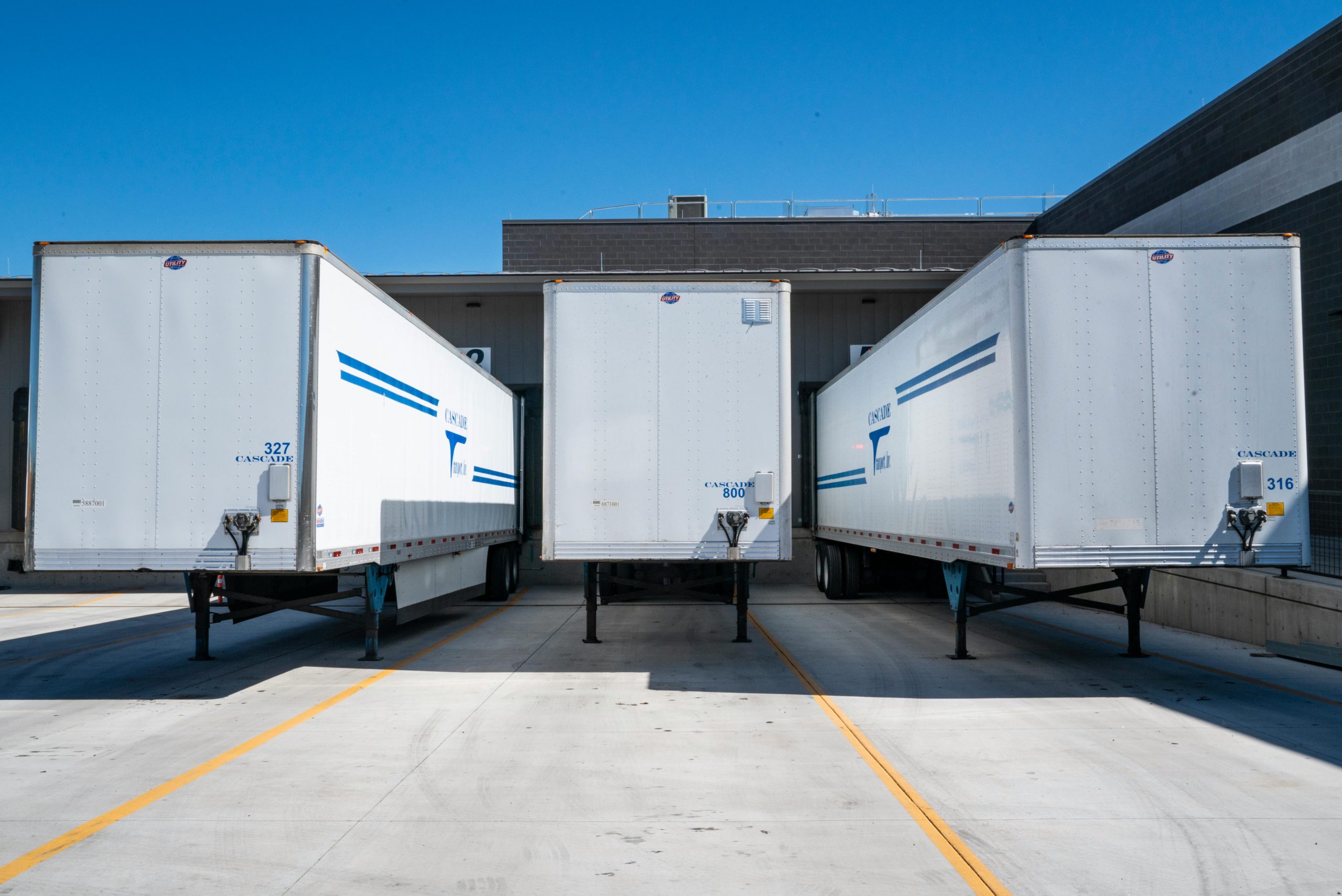
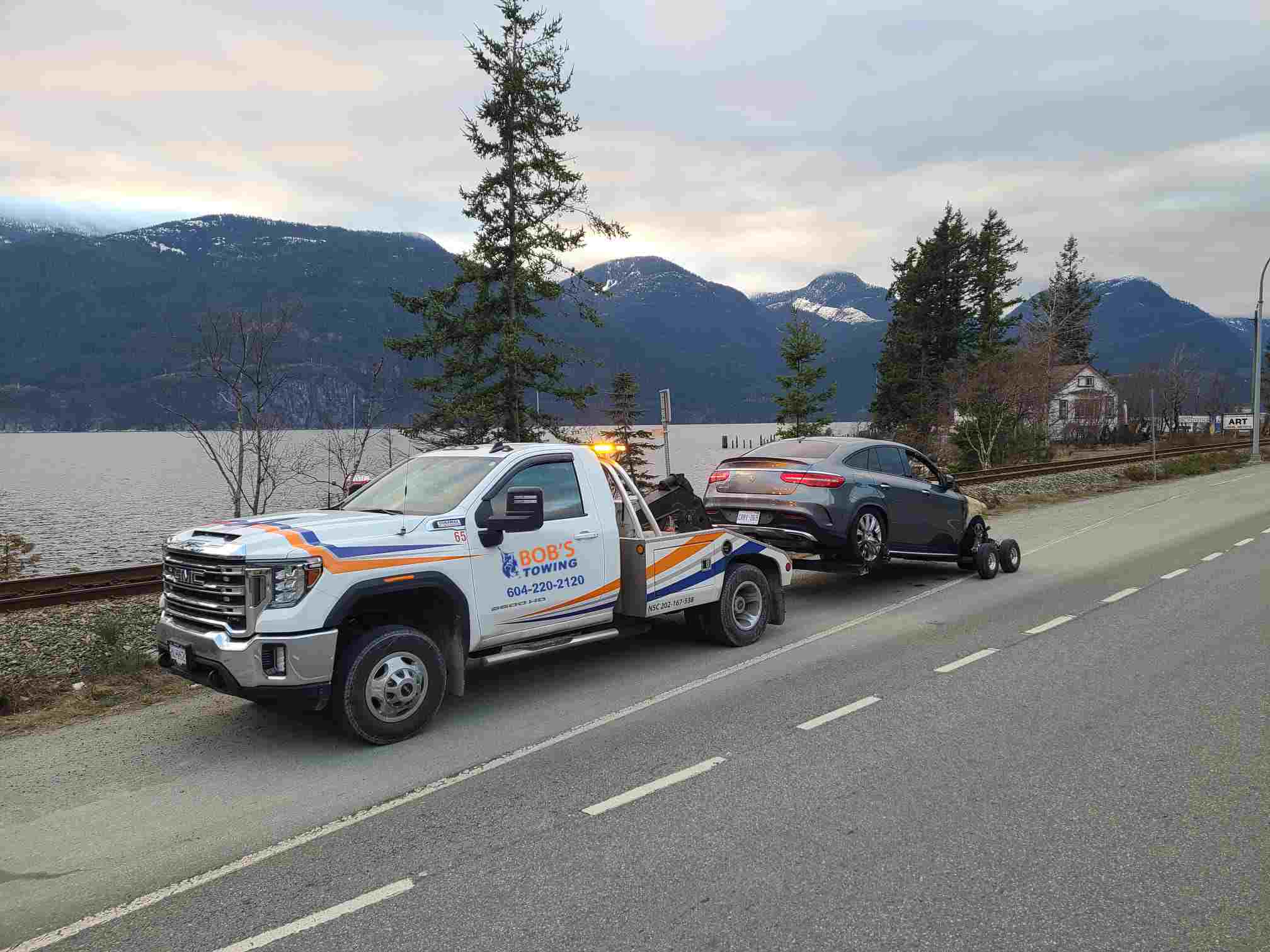
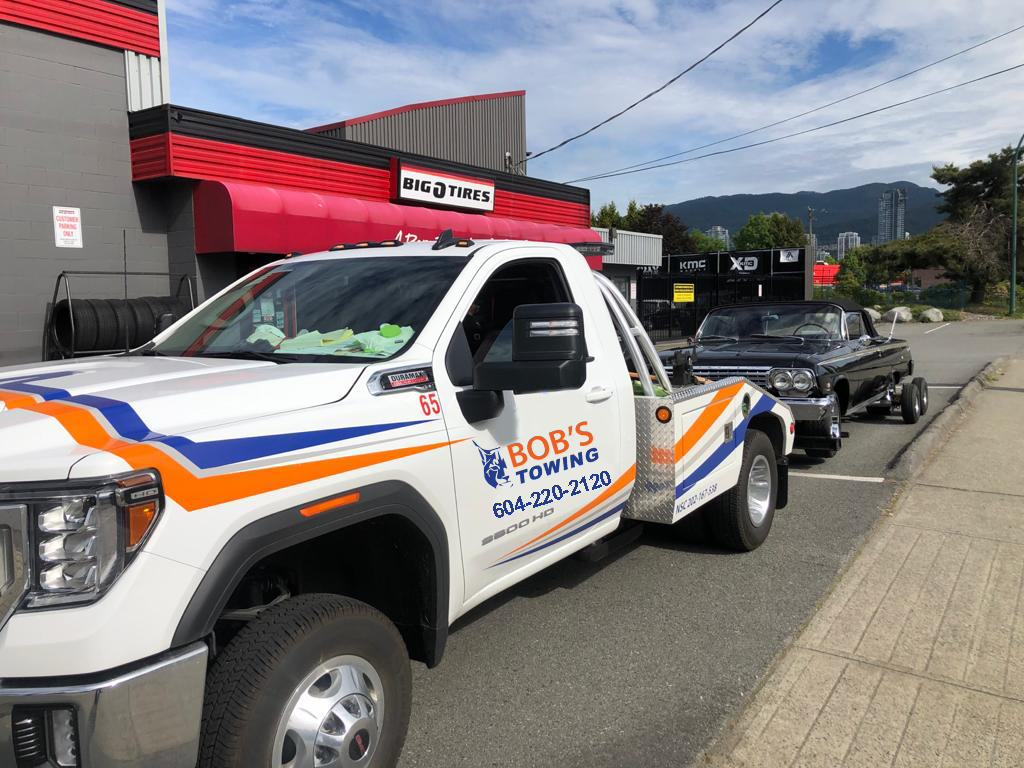
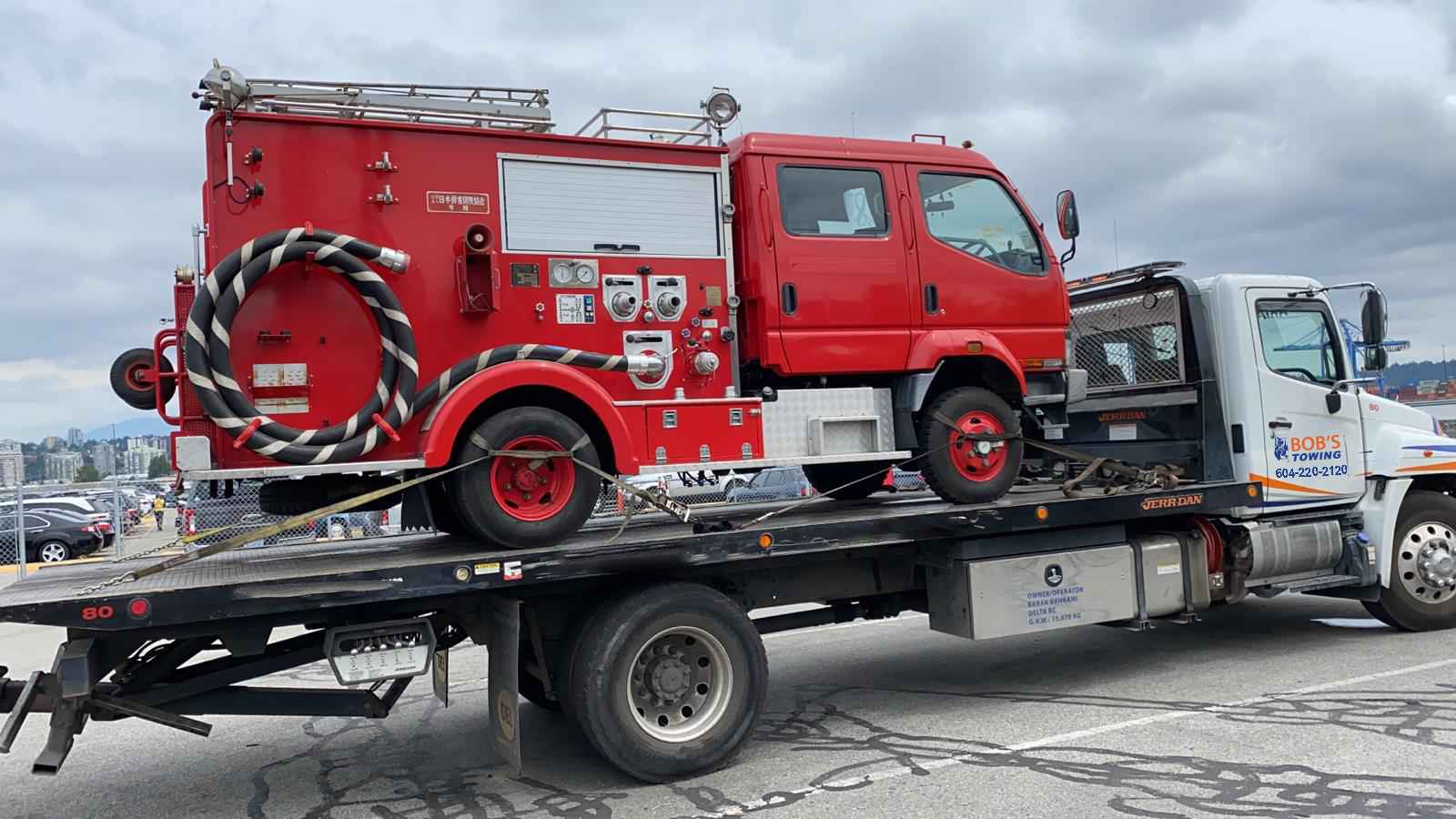
Recent Comments